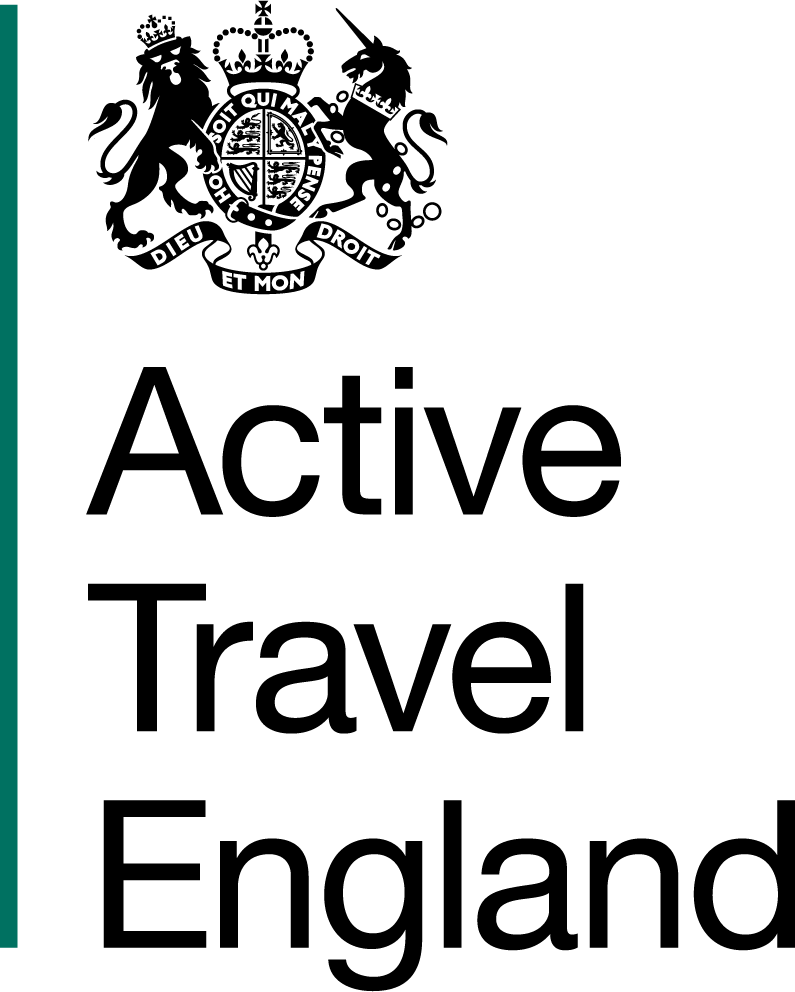6. Risk Benefit Assessment (RBA) All providers of cycle training should have robust health and safety policies and should put in place very clear procedures to manage and mitigate potential health and safety risks. Training providers and instructors alike...
